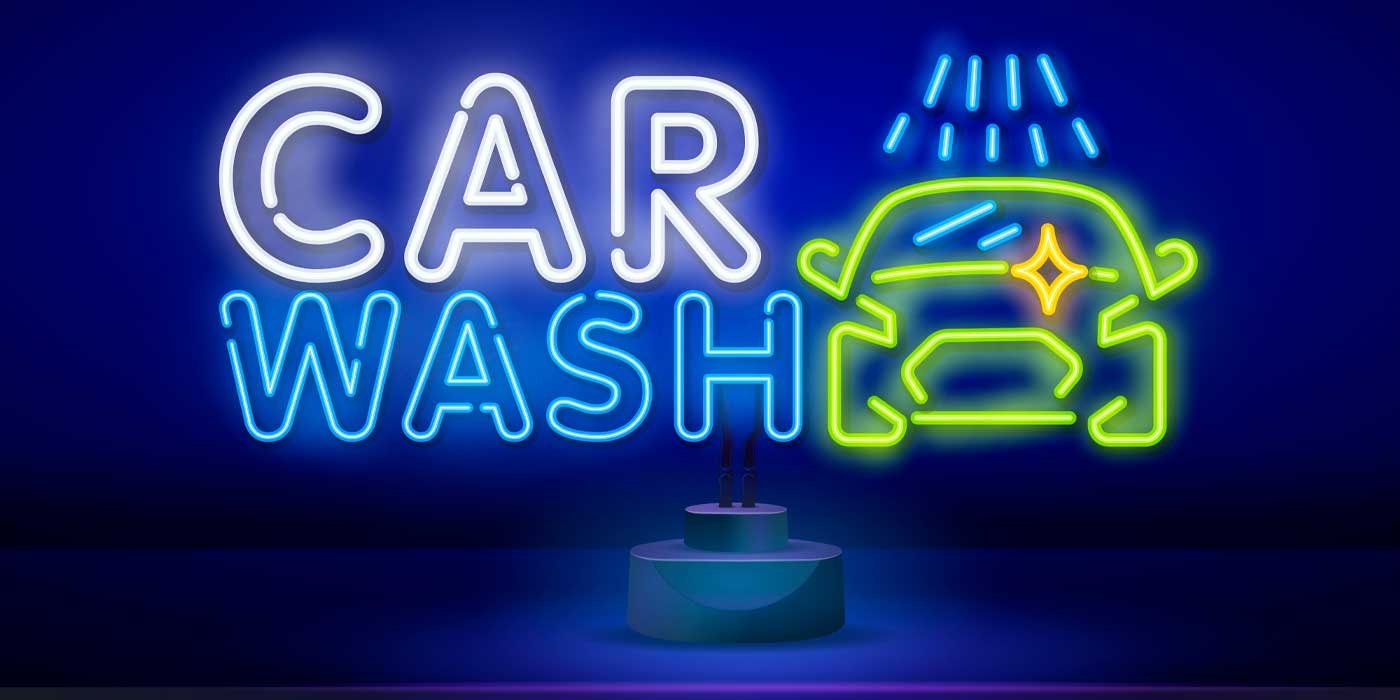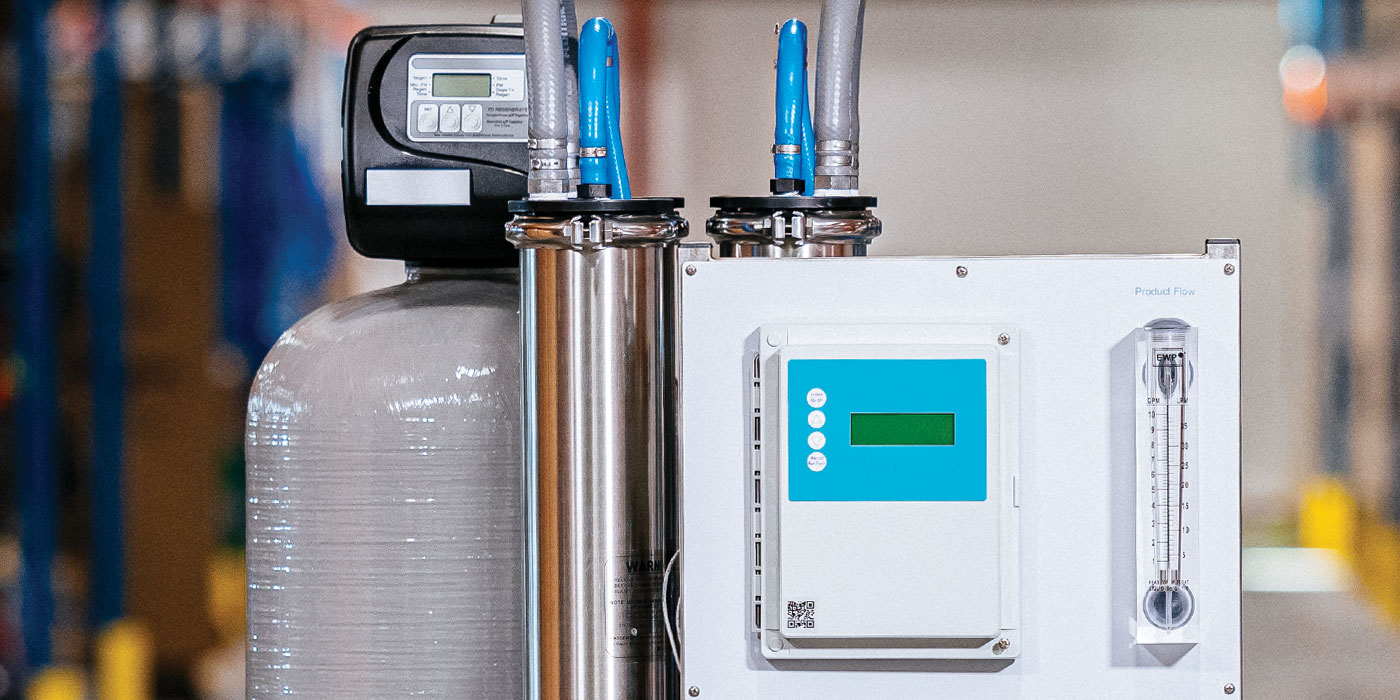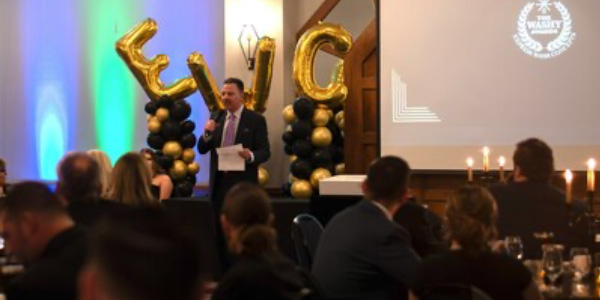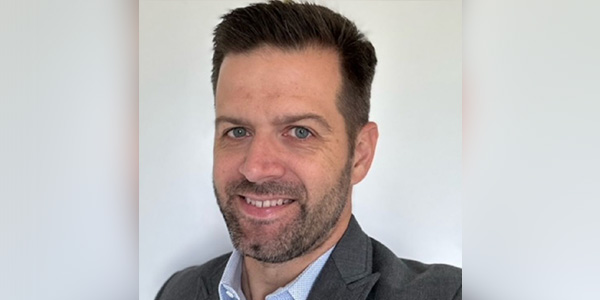Once someone is initially trained and some time has passed, there is still a need for feedback on how well people are performing procedures — for several reasons. First, and most obviously, everyone needs some reminders to stay on track. This is especially true for production workers in the carwash industry, since the work is physical and can be done under adverse weather conditions.
For example, there is a reason every year in professional sports why athletes go through preseason training camps and repeat all the physical drills they have performed for years. We forget over time little things we have learned and need to be reminded, coached and sometimes retrained.
Second, any basic initial training is just that — the basics. In any job, there is always more to learn about any particular task. In the carwash industry, the constant change that occurs in vehicle design from how to start the car to how to move the seat means that learning is forever.
Third, in addition to the change that the business itself forces on us, like new model years in cars, it is a good idea as an organization to foster a culture of continuous improvement throughout the company. Why? Because customers’ expectations continue to go up, and great organizations want to stay ahead of customers’ expectations. Let’s take just one issue as this point applies to the carwash industry. This issue is speed of service.
A changing time
In just 10 years, the speed of processing transactions at any retail establishment has gone from 30 seconds to 10 seconds to three seconds. If you had to wait 30 seconds today for your credit card to clear as a customer, you would be totally disgusted.
One of the reasons that the exterior express carwash model has been so successful is the speed of the transactions through the automatic pay terminals. This processing of transactions now matches the rest of the buying experiences that customers are having everywhere else.
Let’s take a look at the recent decline in full service volume in the carwash industry. There are many factors for this decline occurring, and the slow speed of service is absolutely one of them. So, as a full-serve carwash, there is a need to monitor and reduce the time continuously.
Getting that 20 minutes down to 10 minutes would increase volume today and is necessary for survival long term.
How do you get continuous improvement? There are two major factors. One is to continue to look at all of your processes. Better equipment, better processing of vehicles and smoother buying transactions with automatic tellers are all examples of continuous process improvement.
The second way that you get process improvement without any capital expenditure whatsoever is by continuously coaching people to get better at what they do. What follows is a coaching process that has proven to be effective for organizations and individual managers to improve their results.
Coaching model
Step one: Observe
Carefully observe a person following a procedure. Always observe several situations in order to determine patterns. For example, is somebody making the same mistake with every customer’s vehicle and following the other parts of the procedure correctly? Or, is that person missing different parts of the procedure with different customers?
Take notes so that when you do review this information with the person you are observing, you can refer to exact points and specific vehicles. Remember to capture some things performed well. It can be easy to spot mistakes. It is sometimes more of a challenge to see the whole picture and to be aware of how much is going well.
Step two: Assess
Before taking action with an experienced employee, it is important to assess the situation, evaluate what you have observed and decide what to say.
For example, let’s say the wash was very busy and understaffed. An employee might have been cutting corners to push the cars through (something that has happened at every carwash in the world at one time or another). You might decide that:
Now is not a good time to talk to this employee about what you observed.
You need to meet when not under the gun and explain what you want done in the future in a situation such as the employee was experiencing.
You are going to turn your attention right now to the bigger problem, which is understaffing.
Related: The art of hiring and retaining quality managers
Again, this is one example. If you have another situation where it is important to provide feedback right away, then after deciding how you are going to approach the situation, proceed to the next step.
Step three: Give feedback
This step is the essence of coaching.
First, it is important to set the tone at the beginning. Let someone know that, overall, they are doing well. You then go on to point out that you observed a situation recently that you would like to discuss.
Second, give positive feedback as well as corrective feedback. With an experienced employee, especially one with whom you have a good relationship, you might even give the corrective feedback first. In those instances where you do that, however, it is always important to never leave that conversation before also going over some positive feedback as well. The point here is that it is more of a conversation and less of the formula used in initial training.
Third, instead of ending with the feedback, what is needed and is different from initial training is more of a dialogue. The key question for someone who knows exactly what to do and has done it consistently well in the past but did not do it for some reason at this particular situation is, “Why? What caused that person to do something unsatisfactorily that you know he or she knows how to do?” The more experienced and capable the employee, the more dialogue needed to uncover the root cause of a situation.
Taking the time to understand the reasons why something happened or didn’t happen also gives that experienced employee the extra measure of respect that he or she has earned by being with you for some time and performing well overall.
Step four: Change
After the feedback session has ended, the next step is to look for a change in the area of performance that has been reviewed. It is important to attempt to observe someone as soon after this discussion as you can to see if the desired change has occurred. The coaching on the particular issue that has been addressed is not over until you see the actual change in performance.
Step five: Reinforce or repeat
This step is very simple. If you see the desired change, reinforce it with praise and positive feedback.
If you do not see a change, return to step two, reassess the situation and continue through the steps again. Good management is a lot about following up continuously on what you expect to happen to make sure that it does happen.
Steve Gaudreau is the President of Brink Results, LLC and has provided consulting and training to the carwash industry for over 25 years. He is also a member of the Professional Carwashing & Detailing advisory board. He can be reached at [email protected].














